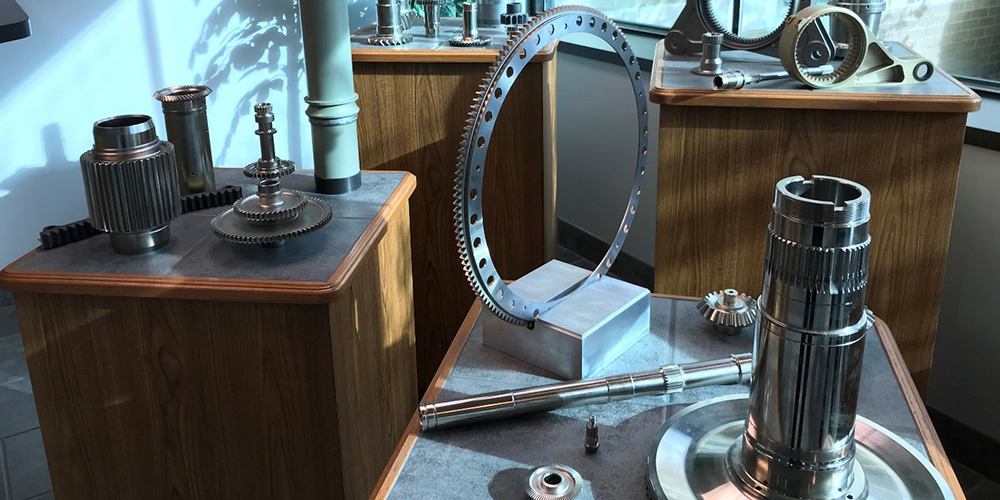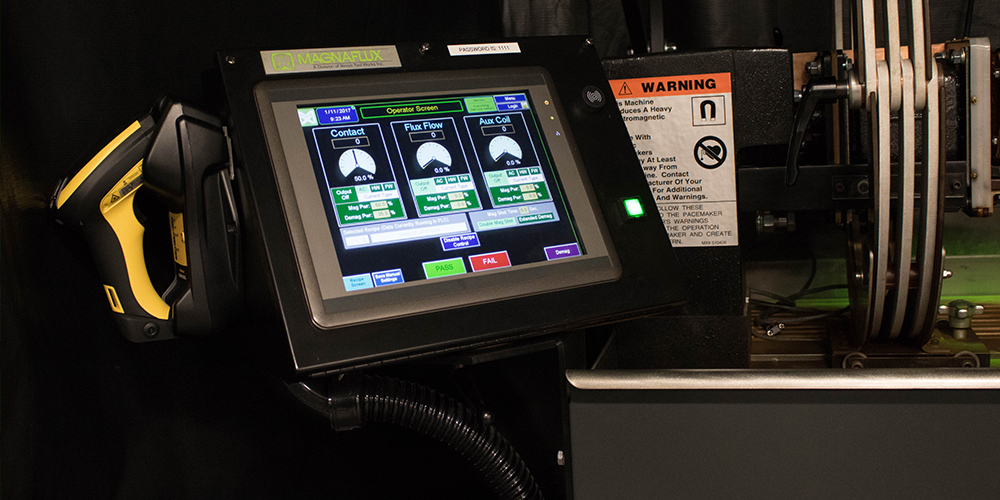by Wyatt Burns, Innovation Specialist

Quality assurance is the most important objective to avoid catastrophic failures and severe loss of life in the NDT industry. Complete confidence in tested parts becomes increasingly difficult to maintain as pressure builds on NDT operators and managers, who are expected to increase part throughput while also expanding test flexibility to a much wider range of parts.
Non-destructive testing facilities are responsible for assuring that any part to come through the door is properly checked and tested, because lives are on the line. Efficiency typically suffers due to the stress on quality assurance, and rightfully so.
Some NDT facilities have started to migrate to electronic methods of data recording, but very few have eliminated paper all together. Similarly, technique sheets are generally either stored in binders or in a network folder shared throughout the company. This makes it relatively easy to search by customer name or part number, but it still requires an operator to manually look up the technique and set the machine parameters accurately. Not only does this time add up, but it introduces the chance for mistakes.
There are an immense number of factors getting boiled down to create each technique, which defines exactly how the operator must test each part. Recipes are specifically what is being put into the machine (current, amperage, shot type, timer), while techniques include all recipe settings and instructions (part orientation, central conductor, acceptance criteria, etc).
Communication of updated techniques and training on how to properly setup machines is often too overlooked in this industry. This is such a crucial part to attain correct results that no company can afford to make mistakes.
To understand how to deal with high part variability, one must first understand how techniques are created and how that translates to operators and the recipe parameters set on any machine.

These elements require frequent attention to keep up with industry demands and customer directives. Operators and quality managers must stay vigilant to use the most current techniques, especially when the parts being tested are highly variable.
These techniques are for individual parts, but the machine recipe, specifically amperage, may need to be adjusted to meet gauss requirements when changing over to a new machine. This is due to age of machine, make, model, and many other factors like connection surface area.
There is no way to get around the fact that many techniques will need to be written. Each part requires very specific techniques due to reasons listed below and many more.
What can be changed is the way in which these recipes are used and communicated. The cost of not having technique sheets in a convenient, easy to use database system will grow as test repeatability and part complexity become bigger concerns.

Testing more parts ultimately increases operational complexity, from the increased amount of technique sheets to the time spent adjusting machine parameters for each new part.
This complexity can be significantly reduced by utilizing integrated techniques and the new barcode system. Quickly scan your next job in and begin the next test thanks to the preset machine parameters. No need to search through files looking for techniques, because this database system can store up to 1000 individual recipes right on the machine itself.
Take a closer look at why this system is the best way to deal with part variability.
Test parameters stay consistent, inspection date and time are recorded, part number is traced, and technique name and number is tagged on.
Rather than finding a recipe in a large binder or clicking through files, any operator can easily search a database via part number to pull up any part technique and recipe. This becomes more valuable the more an operator must change parts throughout a shift, as well as for less experienced operators.
Integrating recipes onto the machine takes away any chance for a forgotten parameter, or accidental mistake by an operator during part setup and evaluation. When the database automatically sets machine parameters through a stored recipe, the risk of wrongful testing or acceptance is reduced significantly.
Recipes are locally found in one location and tracked by any factor you desire giving clear data on how parts were testing. This also allows for recipes to be updated remotely, which improves manager efficiency and lowers the risk of an operator overlooking a change.
Maintaining recipes on a database will allow for easy updates and additional techniques that can be exported to any file and communicated very quickly. This first step towards a smarter machine will make any future process improvement even easier and more beneficial.
JOIN OUR MAILING LIST TO RECEIVE THE LATEST NDT INSIGHTS AND ARTICLES FROM MAGNAFLUX
JOIN OUR MAILING LIST TO RECEIVE THE LATEST NDT INSIGHTS AND ARTICLES FROM MAGNAFLUX
155 Harlem Avenue
Glenview, IL 60025, USA
Telephone: +1 847-657-5300
Contact Magnaflux Customer Service